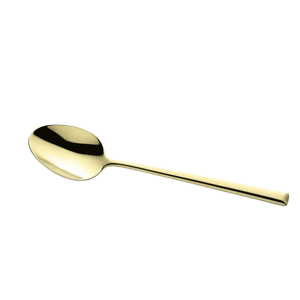
Omega-3 for Osteoarthritis: Natural Support for Flexible Joints
Wed 30 April 2025 by Lewis Wiggins
Trouble getting up, stiff knees or pain when climbing stairs? You’re not alone. Osteoarthritis affects over 1.5 million people in the Netherlands. And although it’s often dismissed as “wear and tear”, inflammation also plays a significant role. Fortunately, there’s increasing attention to natural ways to support joints. Omega-3 fatty acids are one of them.
In this blog, you’ll read how omega-3 can help with osteoarthritis and why more and more people are benefiting from it.
What is Osteoarthritis Actually?
Osteoarthritis is a chronic condition of the joints. The cartilage that normally allows your bones to move smoothly becomes thinner and crumbly. This can cause bones to rub against each other, causing pain, stiffness, and reduced mobility.
For many people, osteoarthritis progresses slowly. It often starts with mild symptoms in the knees, hips, neck, or hands. Over time, these symptoms can worsen. There’s no cure, but the symptoms can be influenced.
Inflammation Plays a Bigger Role than You might Think
Osteoarthritis is often seen as “wear and tear”, but there’s more to it. A mild, persistent inflammatory reaction occurs in the joints. This so-called “low-grade inflammation” causes extra pain and deterioration of the joint.
And that’s exactly where omega-3 comes into play.
What Omega-3 Does for Osteoarthritis
Omega-3 fatty acids (such as EPA and DHA from fish oil) have a natural anti-inflammatory effect. They ensure that the body produces fewer inflammatory substances, such as prostaglandins and cytokines. These play a major role in pain and swelling in joints.
Various studies show that omega-3 in osteoarthritis:
- Can reduce stiffness and morning pain
- Lowers the amount of inflammatory markers in the blood
- Can reduce the need for anti-inflammatory drugs (such as NSAIDs)
Omega-3 has many scientifically proven health benefits besides the above. On this page we tell you more about it.
The Benefits of Omega-3 at a Glance
Why do so many people with joint complaints choose omega-3?
- Natural and safe, even with long-term use
- No severe side effects, unlike some painkillers
- Widely applicable, as it also supports heart, brain, and eyes
- Can be combined well with other treatments, such as physiotherapy or exercise
What should You Look for in an Omega-3 Supplement?
Not every omega-3 supplement is the same. The quality, composition, and origin can differ considerably. If you want to use omega-3 to support osteoarthritis, pay attention to the following points:
Sufficient EPA and DHA
These two fatty acids are the active ingredients in omega-3 when it comes to anti-inflammation. Choose a supplement with at least 250 mg of omega-3 per day. For osteoarthritis, a higher dosage is often recommended (for example, 1000 mg per day).
Freshness and Purity
Fish oil is sensitive to oxidation. Oxidized oil not only loses its effect but can also taste or smell unpleasant. Choose a product that has been demonstrably tested for freshness (such as via the TOTOX value) and for contaminants, such as heavy metals and PCBs.
Combination with Vitamin D
Vitamin D supports your bones, muscles, and immune system, all important for osteoarthritis. A supplement with vitamin D is therefore a smart choice, especially in the months when you see less sunlight.
Fish Oil or Cod Liver Oil?
Both contain omega-3, but there are significant differences. Fish oil is extracted from the flesh of fatty fish. Cod liver oil comes from the liver of cod and naturally also contains vitamins A and D. This makes cod liver oil interesting for people who want to combine multiple nutrients in one product.
🟡 Möller’s Omega-3 is rich in EPA and DHA, tested for purity, and also contains vitamin D. This way, you get everything your joints need daily.
What else Can You Do Yourself?
Omega-3 is valuable support, but you achieve the best effect in combination with a healthy lifestyle. Consider:
- Moving every day – cycling, walking, or swimming are joint-friendly
- Watching your weight – fewer kilos = less pressure on your joints
- Eating healthy – lots of vegetables, whole grains, and few processed products
- Resting when necessary, but not sitting still – that keeps joints flexible
One Teaspoon a Day for more Freedom of Movement
Osteoarthritis may be part of aging, but that doesn’t mean you have to learn to live with it. By taking good care of your joints, from the inside and outside, you can limit many complaints.
With a daily spoon of Möller’s Omega-3, you support your joints in a natural way. For smooth movement, less stiffness, and more comfort in daily life.




